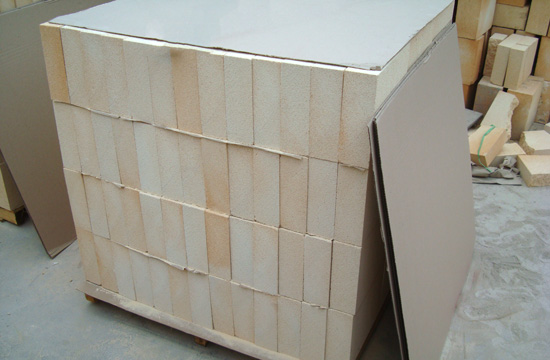Product Search
Quickly find the product you need
Products List
Refractory Knowledge
- Refractory material production process
- Aggregates Used For the Production of Ins
- Pollution and treatment in the production
- Manufacturing process of fire clay insula
- The Use of Mullite Insulation Bricks
- Pros and cons of lightweight mullite bric
- Classification of mullite insulation bric
- the development of the refractory brick i
- Thermal Shock Resistant Fireproof Heat In
- Production Process Methods of Refractory
Products List
- Phone:0086-370-63838939
- Email:sales@sunriserefr.com
- Office Address: No.36 Fengchan Road Of Zhengzhou, Henan, China (Mainland)
The Manufacturing Process of High Alumina Insulating Brick
Date:2016-03-10 15:05 | From:Zhengzhou Sunrise Refractory | Author:admin
High alumina insulating bricks are also known as high alumina heat insulating bricks. It is a new type of lightweight insulating material which contains approximately 48% alumina, mullite and glass phase or corundum.

The manufacturing process of high alumina insulating bricks can be divided into 4 steps.
1) The preparation of foam
Prepare rosin foam with rosin soap and water glue. Mix the rosin foam and mud to make foam mud.
2) The preparation of mud
The capacity of mud should be determined based on the size of the container. The density of mud should be more than 1.05g/cm3. The moisture should be controlled between 35-37%.
3) Casting and molding
Cast the foam mud into the mold and smooth it aluminum sheet when it is filled. Then dry the mud and foam together.
4) Drying and firing
Dry it at low temperature for one day and then for 2 days after removed from the mold. the products can be fired in the down draft kiln at 1300 degree.
Light weight alumina insulating brick has such advantages as high porosity, small volume density, good insulation effect, high mechanical intensity, small thermal conductivity and long service life. For various industrial kilns & furnaces, it is a kind of essential refractory for energy saving and temperature preservation.

